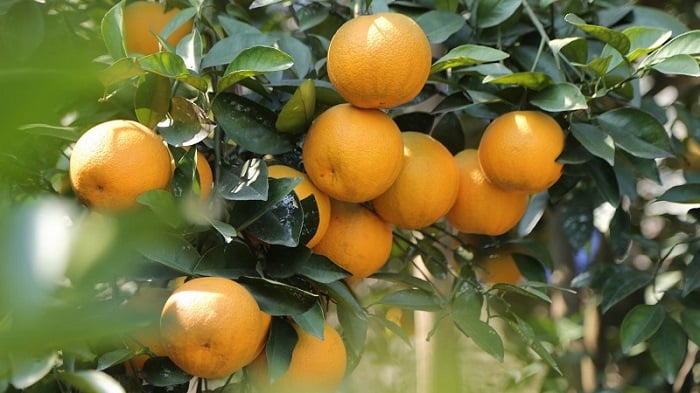- Address: Vinh Market – Hong Son, Vinh City, Nghe An, or Doai Commune Orange Garden in Nghi Dien Commune, Nghi Loc

Doai commune orange is one of the premium fruit brands of Nghe An. This orange is so famous that it is often “sold out”, sometimes not enough to sell. The main reason is because of the characteristics of this orange variety: the peel is very thin, when ripe it turns bright yellow, the orange juice is juicy and has a very special sweet taste.
Source: Collected internet.
Vietnam is a country on an S-shaped strip of land, located in the center of Southeast Asia, in the east of the Indochina peninsula, to the north by China, to the west by Laos and Cambodia, and to the southeast overlooking the sea. East and Pacific. Vietnam's coastline is 3,260 km long, and its land border is 4,510 km long. On land, from the northernmost point to the southernmost point (as the crow flies) is 1,650km long, from the easternmost point to the westernmost point the widest place is 600km (Northern region), 400km (Southern region), the narrowest place is 50km (Quang Binh).
Eight UNESCO world heritage sites stretch across Vietnam. Each place offers interesting perspectives on local life and majestic natural beauty. The Imperial Citadel and Hue mausoleums take you back to the Nguyen Dynasty full of ups and downs. Hoi An ancient town was once a bustling meeting point for ships and traders around the world. Throughout other provinces and cities, you will encounter ancient relics, poetic scenes, and vivid pieces that create the picture of Vietnamese heritage.
According to the ups and downs of the nation's history, Vietnamese customs and practices are constantly being innovated according to social trends. One of the oldest and most influential customs in history is the custom of chewing betel. This is a custom that dates back to the Hung King period and originates from the legend of Trau Areca and this custom has become a typical image of the brotherhood and love between husband and wife of Vietnamese people. Not only the custom of chewing betel, Vietnam also has another custom that was born in ancient times, which is the custom of welcoming the new year, also known as Tet - traditional Tet.
Hang Market (Hai Phong) was formerly the market of an ancient village called Du Hang (17th-18th centuries). The Du Hang village area was formerly agricultural land and a traffic hub, so Hang market became a place to meet, exchange, and buy and sell plants, animals, and farming utensils. The urbanization process spread to the suburbs, so today Hang Market is located entirely in the inner city, in Du Hang Kenh ward, Le Chan district, Hai Phong city. Even though many years have passed, the customs of exchanging agricultural goods of c